Why is it that some fish need schools and some schools need fish? A great question and wonderful idea to place an aquarium display in your school, where it can inspire students to learn the skills of nature observation.
While a school aquarium needs to beautifully equipped, it should also require a minimum of care. After this aquarium has been set up for a while, you will find a suitable group of students who will enjoy caring for it under proper supervision. They will need to be able to have access to the aquarium without obstruction while unauthorized people must be kept away from the tank.
In addition to sufficient electrical and water, other supplies need to be easily available to assist the students with the basics of proper aquarium care. The biggest advantages to an aquarium at school are the possibilities of student observation.
Fish that breed easily give the students the opportunity to observe the courtship, birth, and care of young fish like the dwarf cichlids. Several live breeder types work well in a community tank.
Class outings can supply endless observation opportunities in smaller tanks. These tanks can be used on a seasonal basis for observation of other animals including frogs (tadpole development), sticklebacks (courtship, egg lying, and care of the brood), and newts (courtship, pairing, and lying of eggs). These are all animals that can be watched during the spring. They need to be returned to the water where they were first found after they have grown.
For other seasons, the mouth brooding cichlid or dwarf gouramis are well suited for behavioral studies in school as they willingly spawn all year long. Since these species do not normally eat their young they are a wonderful tool of observations for courtship, pairing, and care of the young.
Starting a Salt Water Tank on a Shoestring Budget
There are several alternatives to setting up a 50 or 60 gallon salt water tank on a limited budget. While smaller tanks are more difficult to keep stable, they are a good starting place for the beginner. If you are willing to carefully follow a few strict rules you can start with a 10 or 20 gallon tank quite successfully.
Everything will need to be done on a much smaller scale; 10 to 15 pounds of living rock and 10 pounds of coral sand will get you started with the smallest of the appliances you can find.
At a minimum, you will need the following appliances for your salt water aquarium:
* A power filter, either external of submerged
* A 25-to-50-watt heater
* A light fixture
* An appropriate cover to minimize water evaporation
The water level will need to be checked every two days to prevent extreme changes in salinity as the evaporation in smaller tanks will more quickly affect salinity. You should use activated carbon in the filter and complete a partial water change (10%) every week. If you follow these rules you should be able to avoid the added expense of a protein skimmer. Change the carbon every month and add a skimmer as soon as possible.
You should have no more than two to five small fish like a pair of Ocellaris Clownfish, a Royal Gamma or Cherub Angelfish are good choices for a start-up tank. Feed them carefully, as excess food can easily foul a small system. A couple of snails, herbivorous hermit crabs, and maybe a cleaner shrimp can help maintain the tank and add interest.
Whenever possible, buy good quality used equipment. The classified ads are often full of equipment that was purchased and not used for long because the hobbyist got discouraged. Since equipment is one of the greatest expenses, you can save a good sum of money by purchasing used equipment.
Remember, the most important thing to do is completely research what you want, and not get in a hurry. It is more kind to the fish not to plunk them into an aquarium doomed to failure because you weren't willing to take the time necessary for success.
Stocking Your New Aquarium
There is no limit to the imagination you can use when stocking and arranging your new aquarium; however, for the beginner you will need detailed information on this process. There are several quality books at you local pet store that can provide you with all the information you will need to make these all important decisions when starting your new hobby. Here are the basics you will need to start your new aquarium. These are only suggestions and can be adjusted to suit your tastes, but make sure that any changes you make are compatible. For an 80 -120 liter aquarium you will need the following:
* Two or three 20-watt fluorescent light tubes
* A 40-60 watt heater
* Thermostat
* Filter, if possible
* A nice piece of root or driftwood
* Several flat rocks about hand sized
* Fish that are no problems for a beginning aquarium; these fish are interesting in that they are constantly on the move and very attractive
* Guppies 3 males and 2 females
* Platies 2 pair
* Zebra danios 10
* Kribesis dwarf cichlids 1 pair (these require a cave; you may choose Hemichromies thomasi instead as they do not require a cave)
* Corydoras catfish 6
* Plants, the ones listed are fairly inexpensive and multiply quickly; remember that after the aquarium is well established you can replace the less expensive plants or add to the aquarium more decorative plants.
* Echinodours bleheri
* Two or three stalks of Hygrophila corymbosa
* At least five of any other plants you choose; it is always better to have too many plants than not enough
* A Cryptocoryne willisii or Echinodorus tenellus can be used as foreground plants
There are many other combinations of fish that can be used. As mentioned before, this is only a list of fish that are relatively easy to care for and get along well with each other while providing hours of observation pleasure for you.

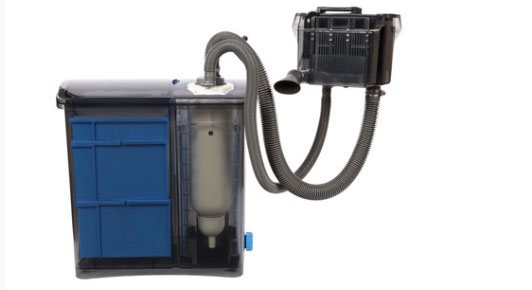 Aquarium Filtration Done Right
Today, keeping unique aquatic species is now commonplace tha
Aquarium Filtration Done Right
Today, keeping unique aquatic species is now commonplace tha
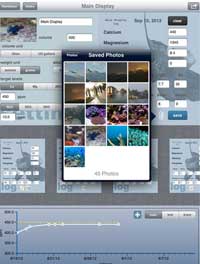 Reefdoser Pro for iPad Ships
Reefdoser Pro for iPad Ships
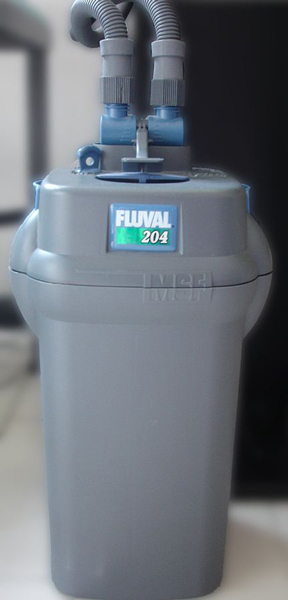 Canister Filters
In this article we will deal with a type of filter that many
Canister Filters
In this article we will deal with a type of filter that many
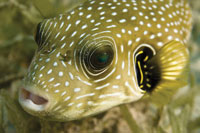 Pufferfish Teeth Care
Because their teeth are constantly growing, pufferfish
Pufferfish Teeth Care
Because their teeth are constantly growing, pufferfish
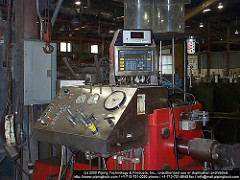 Would You Like The Supreme Fishing Experience? Heres The Reason Why It Is Essential To Carry The Mo
If what youre seeking out is considerably more fish thr
Would You Like The Supreme Fishing Experience? Heres The Reason Why It Is Essential To Carry The Mo
If what youre seeking out is considerably more fish thr